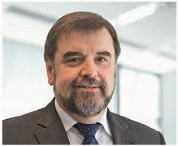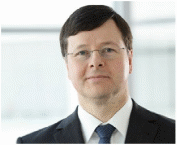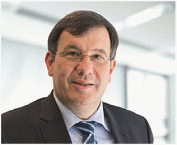Standard description of the organization
The Carl Zeiss Group is engaged in optical and optoelectronics. The organization has interests in various product areas such as eyeglasses/sports optics, industrial metrology, medical technology, microscopes, optical systems/spectrometer, photography/cinematography, semiconductor technology, and planetariums. The organization has its head office at Oberkochen, Germany and has 40 other offices at various global locations.
The Indian wing of the organization is considered to have a competitive edge over its main competitors (in India) such as Essilor and VisionSpring. Essilor has a low reach and is dependent on the donors’ ability to spend. On the other hand, VisionSpring doesn’t have much finance (is dependent on third party financing), has low reach, and has low man power. Zeiss is an organization that cares for the society and follows the corporate social responsibility guidelines. Carl Zeiss is the only company whose Coordinate Measuring Technology is used by Porsche. Two-third cataract surgeries (throughout the world) are carried out using Zeiss microscopes.
Logos and trademark
The following graphics depict the transformation of the logo of the Carl Zeiss Group:











The last one has been the group’s logo since 1997. ‘Zeiss’ is the trademark of the company.
Mission statement, history, charter, bylaws, and structure
The mission statement of the Carl Zeiss Group is, “As the pioneer of science in optics, we continue to challenge the limits of our imagination. With our passion for excellence, we create value for our customers and inspire the world in new ways” (Zeiss, 2012, p. 1). There are five business groups within the organization. Thirteen ‘strategic business units’ assist in making the functions more organized and systematic.
Biographies and photos of key officers, board members, managers

Born in 1957 in Greiz, Germany, he completed his degree in Physics from the Friedrich Schiller University in 1983 and a Doctorate degree (Dr. rer. nat.) in 1986. He got associated with Carl Zeiss in the year 1992, when he was appointed as a research scientist in the company. The big leap came when he was included in the Executive Board of Carl Zeiss AG. Finally, in 2011, he became the President and CEO of the Executive Board (Zeiss, 2014b).

Born in 1953 in Mergentheim, Germany, he acquired his degree in Physics from the University of Würzburg. In 1984, he joined Carl Zeiss as a Project Manager and subsequently became the Manager of the Optical Process Metrology business unit. In 2001, he became the President and CEO of Carl Zeiss SMT AG. In 2006, he was included in the Executive Board of Carl Zeiss (Zeiss, 2014c).

He was born in 1963 in Trier, Germany. Having completed his Doctorate degree (Dr. rer. nat.) in 1992 became a scientist at the NIST in USA. His association with Carl Zeiss started in 1994, when he joined the company as a research scientist. In 2010, he became the Executive Vice President and General Manager of the Medical Technology business group and finally, was included in the Executive Board of Carl Zeiss AG in 2014 (Zeiss, 2014d).

Born in 1962 in Bad Saulgau, Germany, he completed his degree in Industrial and Mechanical Engineering in 1989. After serving with various companies, he finally became a member of the Executive Board of Carl Zeiss AG in 2010 (Zeiss, 2014e).
Statistics about resources, budget, staffing, sales, profit, stockholders
Its annual revenue for the year-ending 2013 was approximately 4.2 billion euros (Zeiss, 2014a). The organization has a global workforce of 24,000, out of the 10,000 are employed in Germany. The budget allocated by the organization for India is USD 200,000 to 300,000, whereas for other countries (individually) it is USD 100,000 to 200,000. The total global budget of the organization is 2 to 2.5 million US dollar.
References
Zeiss. (2012). Group management report. Web.
Zeiss. (2014a). Zeiss at a glance. Web.
Zeiss. (2014b). Dr. Michael Kaschke: Short biography. Web.
Zeiss. (2014c). Dr. Hermann Gerlinger: Short biography. Web.
Zeiss. (2014d). Dr. Ludwin Monz: Short biography. Web.
Zeiss. (2014e). Thomas Spitzenpfeil: Short biography. Web.